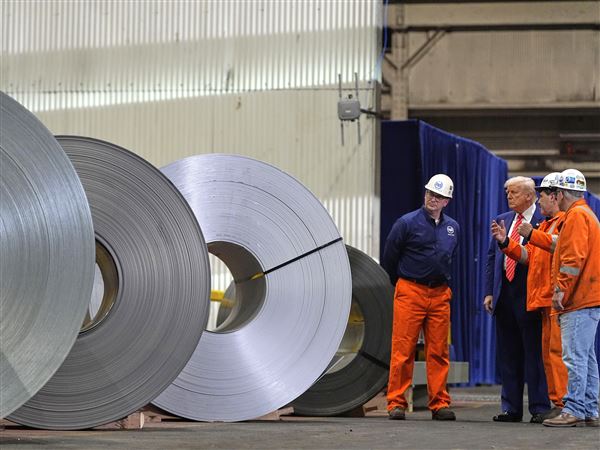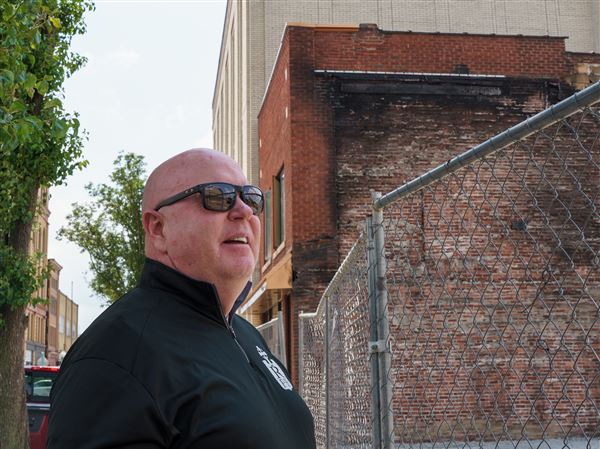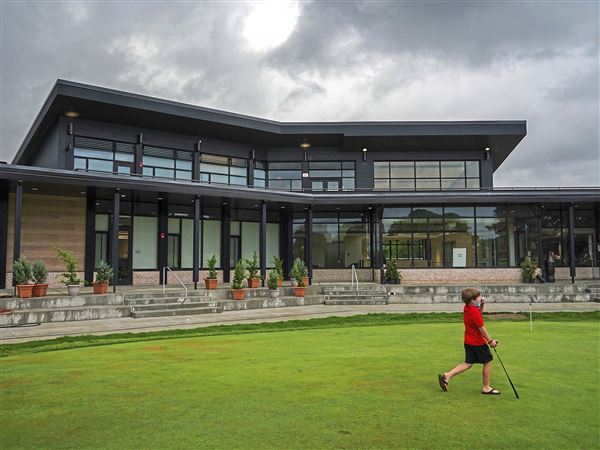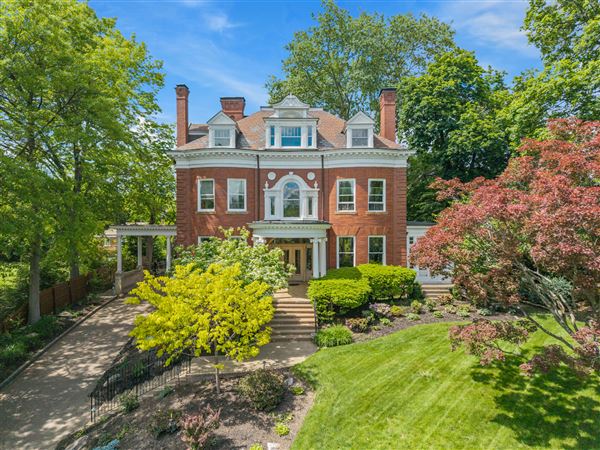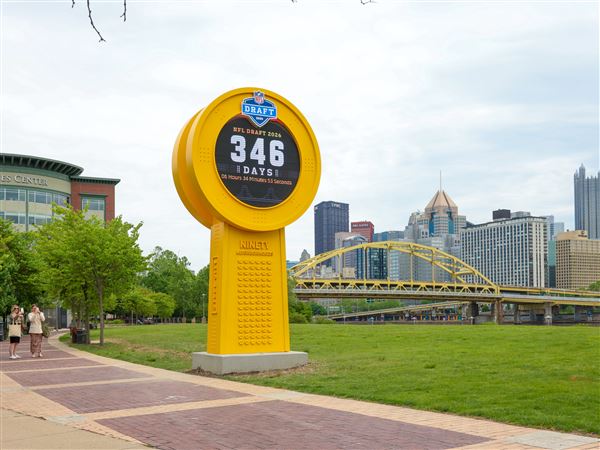The May 22 headline in the Post-Gazette read, “Pittsburgh Aims To Cut Water, Energy Use Under Latest Climate Plan.” It reminded me the two best-kept secrets about Pittsburgh initiatives to slow climate change. First, buildings are by far our city’s biggest source of carbon pollution, responsible for 81 percent of greenhouse gas emissions, according to 2013 data. Second, we Pittsburghers already know how to turn this problem into a solution, and to unlock tremendous opportunity along the way.
It was good to see the Post-Gazette’s coverage of City Council’s 8-0 vote to adopt the ambitious Climate Action Plan 3.0, which calls for a 50 percent reduction in greehouse gas emissions by 2030 and an 80 percent reduction by 2050. But while this coverage mentioned the transportation sector’s role in the plan, it omitted the role of the building sector — the starring actor of the plan.
This omission of buildings in relation to climate change is common. After all, cars and trucks and trains and planes are attention-getters with their motion and their visible tailpipes and exhaust. I’ve thought about the pollution that vehicles emit for decades. But meanwhile, our buildings are quietly producing emissions — from the consumption of natural gas and of electricity produced by carbon-polluting power plants — that dwarf those emitted by Pittsburgh’s transportation sector. The fact is, our climate-action ambitions will live or die based on how we deal with our buildings.
The coalition of players involved in crafting and passing Climate Action Plan 3.0 know this. That’s why the plan starts with buildings, aiming to reduce energy use in existing buildings by 50 percent by 2030 and making all new buildings carbon neutral by 2030.
These are ambitious goals, of course. They need to be. The urgency of the climate crisis demands ambition. But these goals are also eminently achievable, using proven techniques that are available to us today. In fact, Pittsburgh is a national leader in a high-performance building design approach — Passive House — that can decarbonize our previously built environment, cost-effectively.
Derived from the German Passivhaus, the term Passive House is better translated as “passive building,” and can be applied to all building types, from high-rise towers (there are a bunch going up in New York City and Vancouver right now) to single-family homes. Passive House design harnesses physics-based building science and robust computer modeling to design well-insulated, draft-free buildings with a constant supply of filtered fresh air and dramatic energy performance gains. These buildings reduce building energy consumption by as much as 75 percent at little or no added construction cost. Data from the Pennsylvania Housing Finance Agency pegs the construction cost “premium” of Passive House at less than 2 percent, based on proposed budgets for 59 Passive House buildings and 120 conventional buildings.
Partly due to a PHFA policy that rewards Passive House innovation, partly due to a Pittsburgh P4 (People, Planet, Place and Performance) policy that encourages net-zero energy buildings with Passive House-levels of energy efficiency, and partly due to the leadership of Pittsburgh’s academic, industry, and green building communities, Pittsburgh is a hotspot for Passive House praxis. Many nationally known Passive House projects are built or underway.
For this reason, the annual North American Passive House Conference will be held in Pittsburgh in October. The “Getting to Zero” conference held here earlier this year by Rocky Mountain Institute and New Buildings Institute showcased a tour of Morningside Crossing, a Passive House project I know well because my firm helped design it with Laura Nettleton of Thoughtful Balance.
The brainchild of local developer A.M. Rodriguez, the PHFA-funded project takes the abandoned Morningside Elementary School, a historic 1897 structure with a 1929 addition, retrofits the old building to the Passive House standard, adds a new Passive House wing, provides 46 affordable housing units for seniors, and opens a community center for the surrounding neighborhood. The project’s general contractor, Sota Construction, says that construction costs are coming in equal to the average cost of other projects in PHFA’s portfolio. (Anticipated project completion is end of this summer.)
This project, and others like it being developed by other teams, is proof positive that we can make the building emissions goals of CAP 3.0 a reality and thrive doing so.
Yes, self-driving electric cars are a piece of the climate action puzzle. But it is the transformation of Pittsburgh’s new and existing buildings, and the women and men who will make it happen, that will make the difference.
Brandon Nicholson is founding principal at Pittsburgh-based architecture firm NK Architects (brandon@nkarch.com).
First Published: June 10, 2018, 4:00 a.m.

